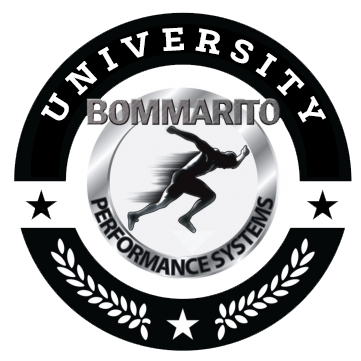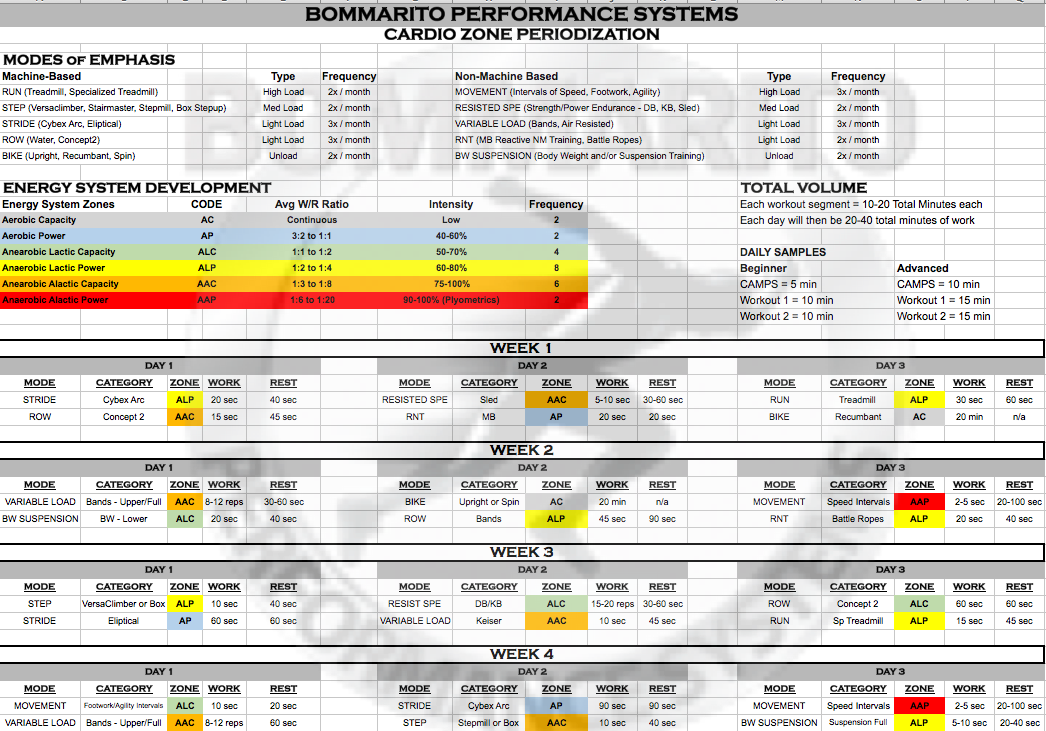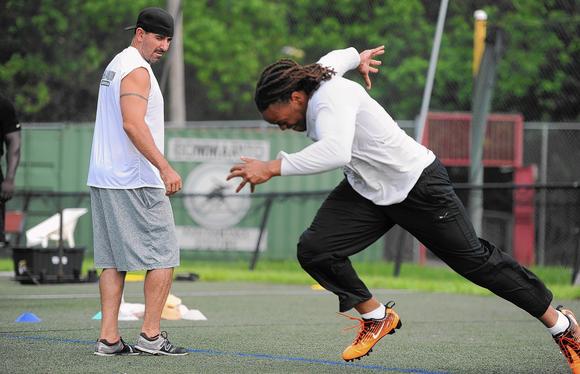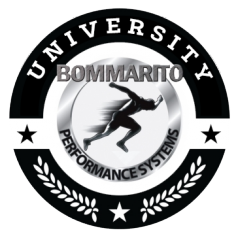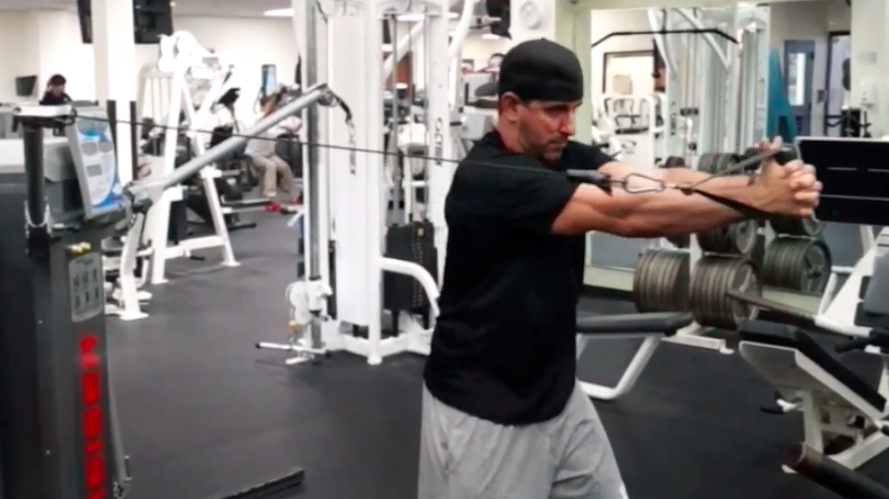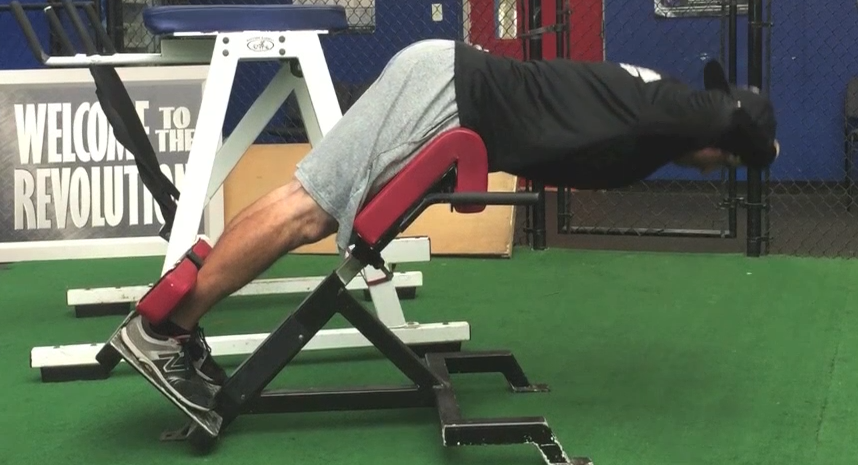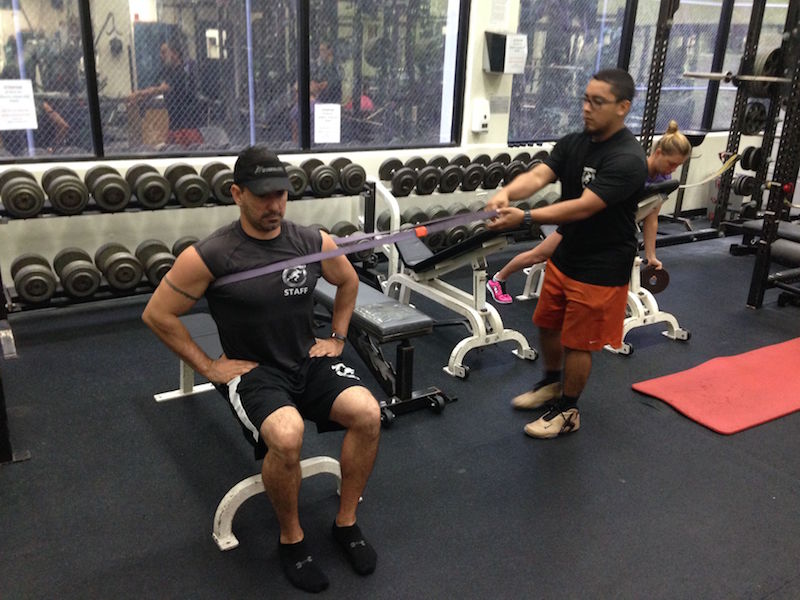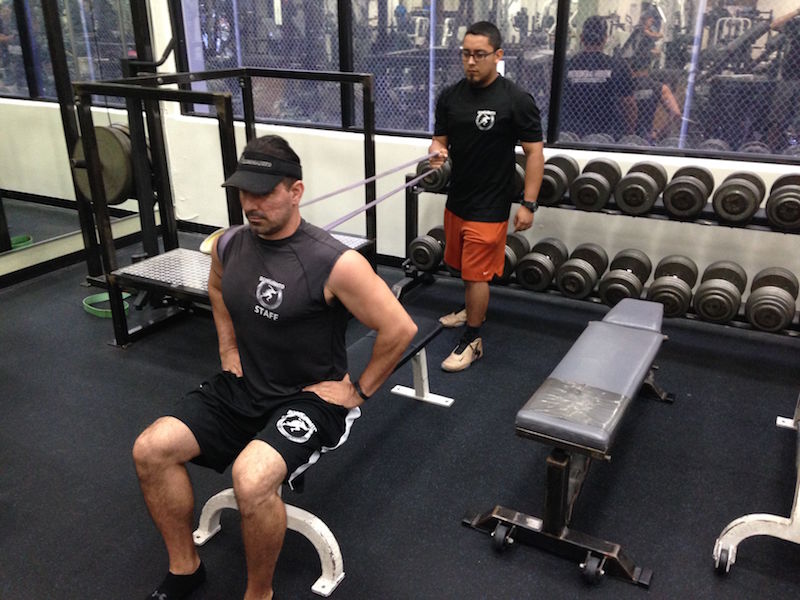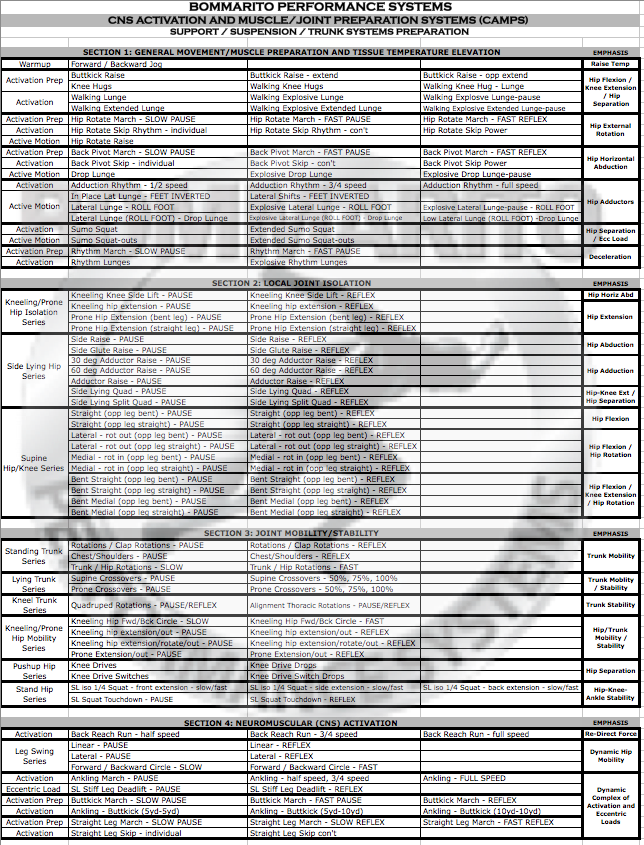Do you ever wonder about what nutrition and training routines elite athletes use to stay in top form year after year? Wonder no more. World-class performance coach Pete Bommarito is here to share his favorite healthy aging, fitness, and other wellness tips for athletes – and anyone – who wants to optimize their health.
As the owner and president of Bommarito Performance Systems (BPS), Pete and his staff train hundreds of professional athletes and thousands of youth / high school / collegiate athletes, along with his general fitness clients each year. In addition, Pete also founded Bommarito Performance Systems University (BPSU), an educational platform for sport coaches, performance specialists, trainers, athletes, and fitness enthusiasts at all levels.
We chatted with Pete to get valuable insights on his training philosophy and approaches to better health at every stage of the game.
Can you tell us about the inspiration for creating Bommarito Performance Systems?
Bommarito Performance Systems is regarded around the world as a leading information source and training resource in the industry. The concept behind Bommarito Performance System is to provide the latest application methods of training and fitness that are based on scientific principles outlined in the current research and literature. Our coaches and specialists strive to be industry leaders in implementing our innovative, scientifically-based approach to sport-specific training and overall general fitness. We train hundreds of professional athletes and thousands of youth, high school, and collegiate athletes and general fitness clients every year. BPS implements its system with clients at all levels with small group training, large and small team training, personal training, and general consulting. We have facilities in North Miami Beach and Davie, Florida, and affiliates in Houston and Pittsburgh. BPS also operates out of dozens of parks, schools, and sports complexes in Florida’s Broward and Dade counties.
Bommarito Performance Systems University (BPSU) is an educational platform. it has been instrumental in providing education and information to many different sport coaches, performance specialists, trainers, athletes, fitness enthusiasts, and medical specialists at all levels. BPSU’s online platform provides an exercise database, detailed coaching videos, articles, blogs, forums, webinars, and custom and general programs. BPSU also runs local and international educational workshops that are NSCA- and NASM-approved. The BPSU staff has contributed to dozens of other web-based and written forms of education across numerous media outlets.
The true inspiration for BPS and BPSU is to bring the latest science, cultivated into application methods, to the masses – at all levels, all ages, all sports, all fitness enthusiasts.
What led you to choose Thorne as your health solution partner?
We chose Thorne because Thorne is the only brand that has an extensive list of micronutrients and key supplements that are stand-alone products, as well as being NSF Certified for Sport. A perfect example is their unique stand-alone, Beta Alanine-SR. Beta alanine has been the hottest supplement in the market for years, and research on it is universally positive and getting better. Almost every other supplement brand puts trace amounts into a useless “all-in-one product.” Thorne provides this essential nutrient for performance as its own product, plus it’s NSF Certified for Sport, so we can implement the research and customize the amount on a per client basis.
Thorne is one of the most important factors in all forms of our regeneration and recovery. It has absolutely become a staple, and at times a mandatory part of our overall program. Examples include, but are not limited to, Catalyte for REAL hydration non-stop; Whey Protein Isolate in dozens of shakes and smoothie options; Super EPA, Vitamin D-5000, Zinc, and Beta Alanine for everyone (in various amounts). Our favorites include, but aren’t limited to, Beta Alanine-SR, Super EPA, Amino Complex, Catalyte, Whey Protein Isolate, Zinc Picolinate, Vitamin D-5000, Multi-Vitamin Elite, Creatine, Cal-Mag Citrate, and L-Glutamine. We have many other recommendations based on our overall nutritional evaluations and intake forms – but these are the absolute essentials we recommend to almost everyone.
How can the average person optimize aging through fitness, nutrition, and other wellness routines?
For fitness, complement resistance training in the weight room with metabolic conditioning. Most of the time do metabolic intervals prior to the weight room, even if for only 10-20 minutes because of time constraints. Change up the intervals to hit different energy systems, so don’t lock-in a favorite routine. Do a good combination of high intensity interval training, long slow distance, and intermediates. Change up the stimulus as much as possible – runs, sprints, movement patterns, bike, rowers, steppers, cross trainers, pool, treadmills, incline treadmills, and unmotorized treadmills. In terms of the weight room – same concept, don’t get stuck in a “favorite” routine. Mix up free weights, machines, bands, body weight, and suspension training. Most people lock into “whatever they did when they played sports” or whatever is easiest for them. For example, even if the “usual” is free weights, add in machine work as a supplement to limit asymmetries to make the free weight training more effective. And if you have limited experience, don’t just lock into “machines.” Get professional help, even for a few sessions if cost is an issue, to learn the basics of free weights, bands, and body weight routines to supplement the machines.
For nutrition the most important thing is to understand gut health. Prebiotics, probiotics, digestive enzymes, fiber sources, optimization of intestinal bacteria – all of these are crucial to overall wellness. No matter how “clean” and structured a meal plan is, if gut health is poor and/or the gut is in a consistent inflamed state, then meal plans will never be maximized to full effect.
Other important nutritional points are to get evaluated. Not just the standards of body composition and assigned caloric and macronutrient values – that’s the easy part. Implementing metabolic tests, food sensitivity tests, stress tests, heavy metal tests – these will help customize a meal plan specific to your metabolic profile and external stress factors that will affect your overall wellness.
What advice do you have for someone who wants to start a fitness routine, but doesn’t know where to start?
Contact a true professional, not just a “local trainer” at a random gym, a professional who is directly connected to medical professionals, proven nutritional professionals, and has a solid reputation in the fitness, wellness, and/or sports performance markets.
Talk about the importance of healthy aging.
Healthy aging is important for athletes because the longer they are involved in sports, the more stress is placed on the body. Many forms of stress negatively affect joint health, muscle integrity, and in some cases, gut health. Various injuries can compound these factors. It’s better to get the proper supplements early, even before metabolic aging factors arise. As far as the general population is concerned, an active lifestyle is essential – but it also comes with stress. In addition, the activity level isn’t always as high as needed because of work, family obligations, etc. Proper supplementation isn’t the only answer to healthy aging – but it is an absolutely essential component.
I truly believe it’s almost impossible to perfect healthy aging without these types of supplements, and Thorne has the best, by far.
How do Thorne’s healthy aging supplements – like NiaCel and ResveraCel – factor into your fitness regimens?
We use them because most individuals that hit a certain age need to perfect the basics of efficient metabolism to maintain an athletic build and optimize recovery.
No question this works, because everyone who has taken them, myself included, has felt the effects in terms of energy, recovery, sleep – and most important – maintaining a lean frame. Anti-aging is a complicated process, but this is an efficient, cost-effective, and simple way to get the basics. We 100-percent recommend this to athletes, especially as athletes reach the latter parts of their careers.
An individual should definitely look for the quality in a nicotinamide riboside supplement. Look at the quality of the breakdown of Thorne’s ResveraCel and map it to the current literature and research. It’s amazing you get these ingredients in these amounts for this price. When taking it, the biggest effect is energy levels and mental focus, and in many cases, quality of sleep.
What’s the best piece of fitness advice or training secret you’ve learned over the years you could share with our readers?
Take a multi-disciplinary approach to all aspects of fitness. Physical therapists, ATC’s, chiropractors, and massage/neuromuscular therapists are trained to rehabilitate injuries. But the good ones can look at structure, integrity, and symmetry patterns to give valuable information to trainers and coaches to truly customize a fitness, wellness, and/or sports performance program. They are also effective at regeneration and recovery. Hence, seek out all disciplines, as well as preventative maintenance, in addition to the obvious unfortunate occurrence of rehabbing an injury.
Have a unique structure of specialists to supplement your training – whether or not you’re training on your own or using a trainer/coach. Connect all professionals involved to a nutrition plan. If it’s more cost effective to use nutrition plans that are “at-home,” like the numerous Thorne options, they can be just as effective. It just takes discipline to follow a plan – even if it’s general.
To learn more about BPS and their services, check out bommaritoperformance.com or follow Pete and his training highlights @bommaritos on Instagram.
